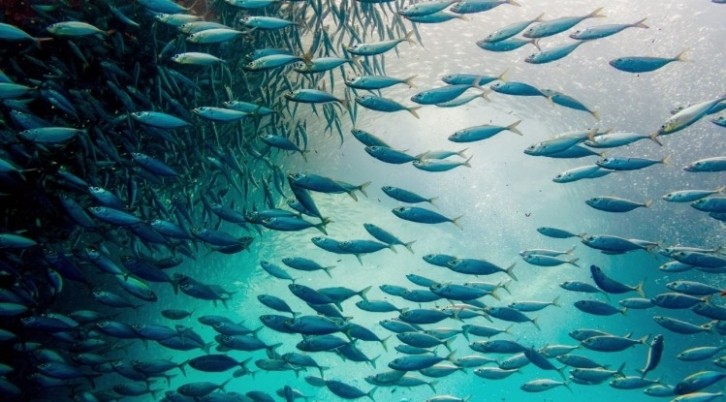Agriculture and over-fishing cited as two key reasons for decline in world’s migratory species – landmark UN report

The first-ever State of the World’s Migratory Species report was launched yesterday (February 12) by the Convention on the Conservation of Migratory Species of Wild Animals (CMS), a UN biodiversity treaty, at the opening of CMS COP14.
The landmark report reveals that while some migratory species listed under the CMS are improving, nearly half (44%) are showing population declines. Furthermore, more than one-in-five (22%) of CMS-listed species are threatened with extinction and nearly all (97%) of CMS-listed fish are threatened with extinction
The two greatest threats to both CMS-listed and all migratory species were confirmed as overexploitation – which includes unsustainable hunting, overfishing and the capture of non-target animals such as in fisheries – and habitat loss, degradation and fragmentation – from activities such as agriculture and the expansion of transport and energy infrastructure.
Until now, no such comprehensive assessment on migratory species has been carried out. The report provides a global overview of the conservation status and population trends of migratory animals, combined with the latest information on their main threats and successful actions to save them.
Inger Andersen, Executive Director of the United Nations Environment Programme, said: “Today’s report clearly shows us that unsustainable human activities are jeopardizing the future of migratory species – creatures who not only act as indicators of environmental change but play an integral role in maintaining the function and resilience of our planet’s complex ecosystems. The global community has an opportunity to translate this latest science of the pressures facing migratory species into concrete conservation action. Given the precarious situation of many of these animals, we cannot afford to delay, and must work together to make the recommendations a reality.”
Billions of animals make migratory journeys each year on land, in the oceans and in the skies, crossing national boundaries and continents, with some travelling thousands of miles across the globe to feed and breed.
Migratory species play an essential role in maintaining the world’s ecosystems, and provide vital benefits, by pollinating plants, transporting key nutrients, preying on pests, and helping to store carbon.
International protection
Prepared for CMS by conservation scientists at the UN Environment Programme World Conservation Monitoring Centre (UNEP-WCMC), the CMS State of the World’s Migratory Species report uses the world's most robust species data sets and features expert contributions from institutions including BirdLife International, the International Union for Conservation of Nature (IUCN) and the Zoological Society of London (ZSL).
The main focus of the report is the 1,189 animal species that have been recognized by CMS Parties as needing international protection and are listed under CMS, though it also features analysis linked to over 3,000 additional non-CMS migratory species.
Species listed under the Convention are those at risk of extinction across all or much of their range, or in need of coordinated international action to boost their conservation status.
Many of the threats facing these species are global drivers of environmental change – affecting biodiversity loss as well as climate change. Thus, addressing the decline of migratory species requires action across governments, the private sector and other actors, experts claim.
Over the past 30 years, 70 CMS-listed migratory species – including the steppe eagle, Egyptian vulture and the wild camel – have become more endangered. This contrasts with just 14 listed species that now have an improved conservation status – these include blue and humpback whales, the white-tailed sea eagle and the black-faced spoonbill.
Nearly all CMS-listed species of fish – including migratory sharks, rays and sturgeons – are facing a high risk of extinction, with their populations declining by 90% since the 1970s.
Analysing the threats to species, the report shows the huge extent to which the decline in migratory species is being caused by human activities.
The report details a set of priority recommendations for action, which include:
- Strengthen and expand efforts to tackle illegal and unsustainable taking of migratory species, as well as incidental capture of non-target species,
- Increase actions to identify, protect, connect and effectively manage important sites for migratory species,
- Urgently address those species in most danger of extinction, including nearly all CMS-listed fish species,
- Scale up efforts to tackle climate change, as well as light, noise, chemical and plastic pollution, and,
- Consider expanding CMS listings to include more at-risk migratory species in need of national and international attention.
CMS COP14 is taking place in Samarkand, Uzbekistan. Governments, wildlife organisations and scientists are all represented at the week-long meeting.





